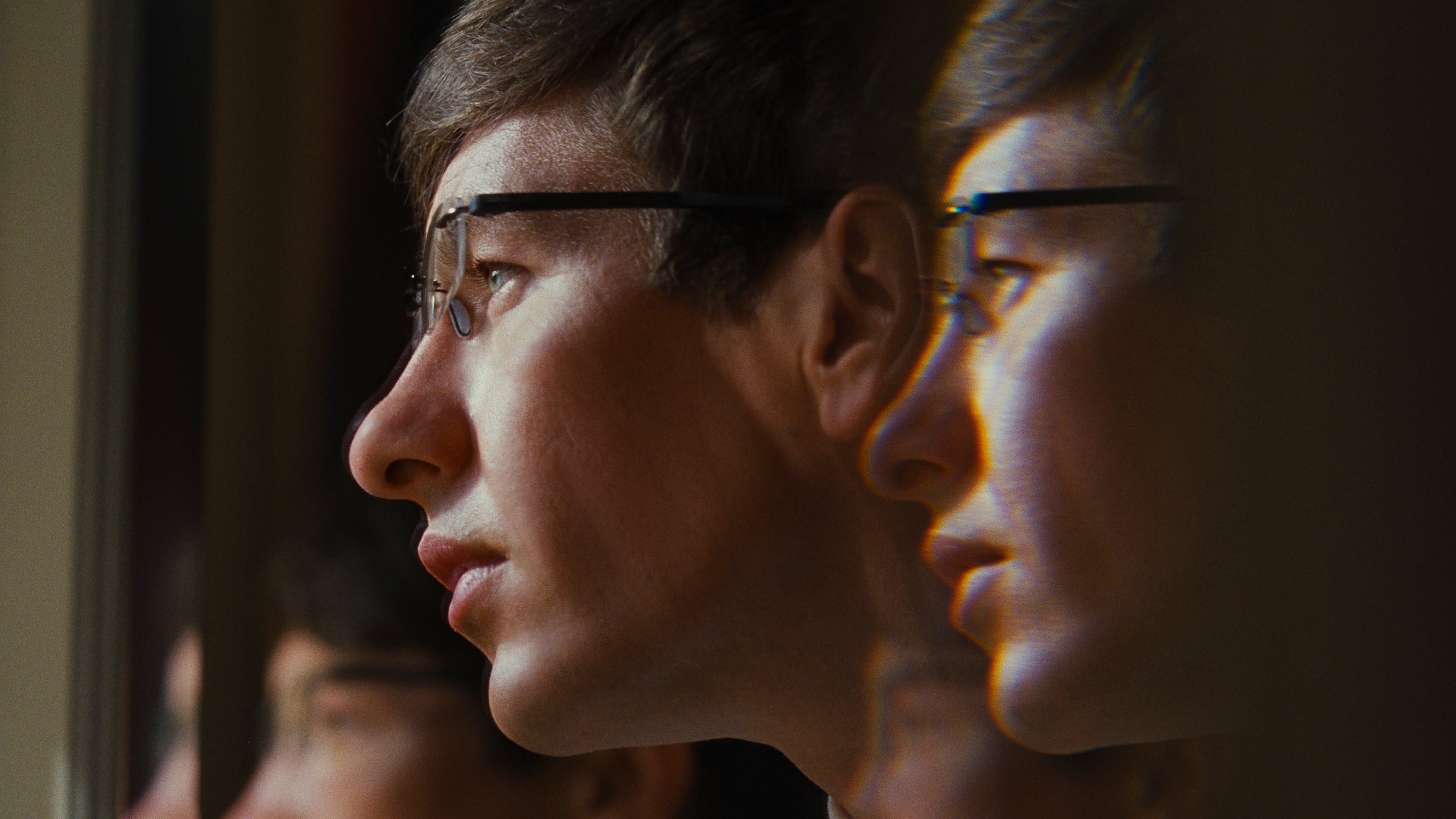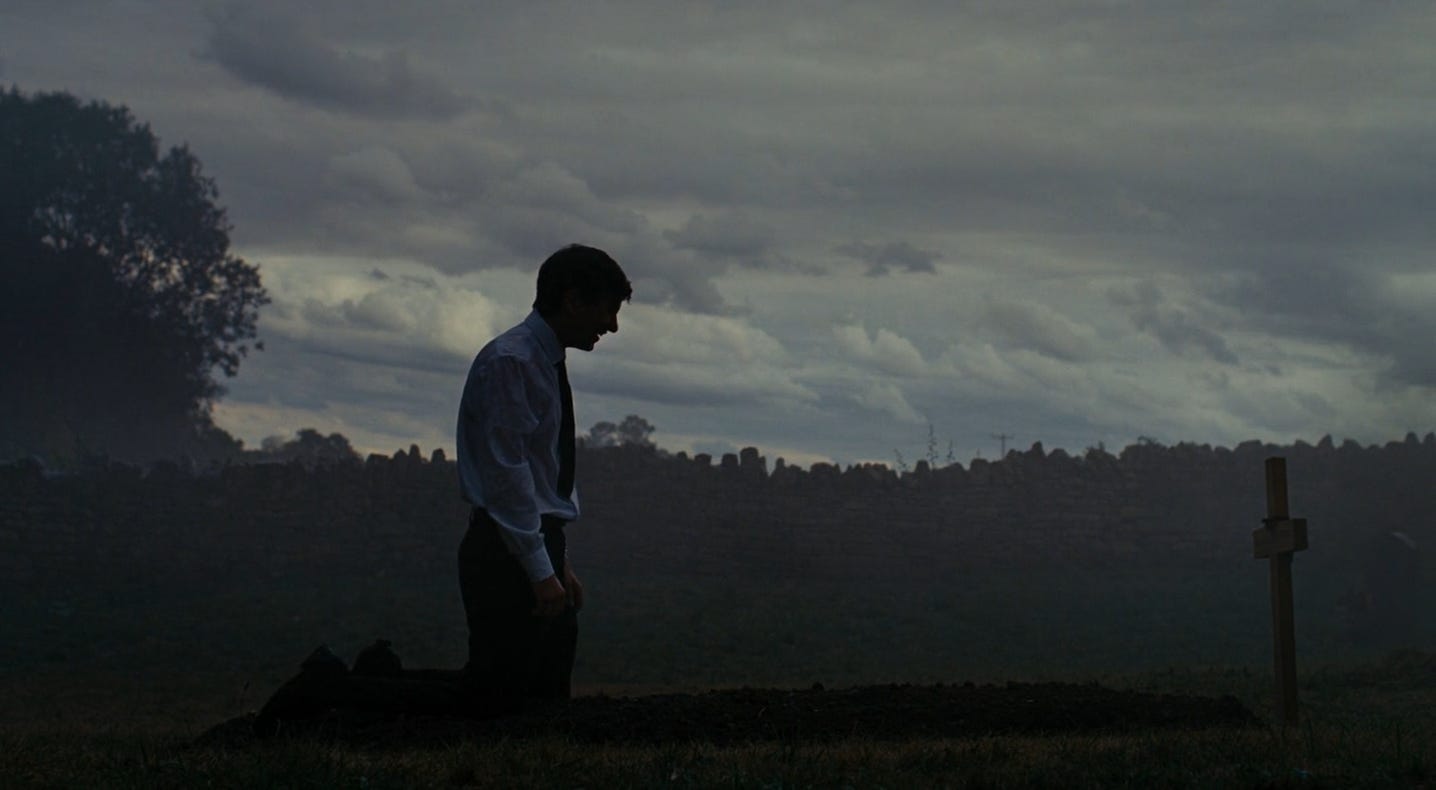By Robin Reinders
December began with Saltburn. As someone reading English at a top three university in the UK, and one of Oxford’s foremost competitors, the atmosphere of the first act of this film really sat with me. Sacrificing air conditioning for the sake of ‘the fucking wood fucking panelling’, lonely evenings at the pool table, indoor smoking, and the awful anxiety of sitting at the dining hall on the first day of term – haunted by paintings of who-knows-the-second and three-quarter-portrait-the-fifth looming above. It’s terrible. Constantly surrounded by signet rings, sterling cigarette cases, the question of where do you summer? and what school did you go to? If you haven’t got a family crest or a father who knows a department head in some vague ritualistic clap-on-the-shoulder way, you’re sort of fucked. But sometimes, if you’re especially quick and clever, you find a way to worm yourself in.
Emerald Fennell’s Saltburn is a cinematic tour de force. Grandiose, with a scale large and looming amplified by its aspect ratio, Fennell creates an opulent cinematic experience that reaches for the unthinkable and certainly doesn’t shy away from the perverse. Saltburn primarily functions not as a surface-level class commentary (as it’s doubtlessly going to be misconstrued), but as a character study – an intense experiment of empathy, as the narrative focuses on its paradoxically ambiguous and yet radical protagonist.

Saltburn and the world it represents
From the very beginning, we find that Saltburn is – essentially and at its core – a British film. The opening jingoistic anthem ‘Zadok the Priest’, composed by George Frideric Handel and used for royal coronations since the 18th century, sets this up fantastically. We find this British quality again in the tense, dissonant interplay between dialogue, action, and context in an unforgettable scene involving a pie. This here is particularly British, and particularly upper-class British. The refusal to acknowledge even the most terrible, soul-crushing thing and to simply carry on eating and drinking and politely confabulating is quintessentially British in a way that I think audiences from other cultural contexts might fail to appreciate completely.
A piece with so much personality, it truly is constructed and cemented by its influences. Pasolini’s impression is felt with lucid clarity. An homage to River Phoenix is paid in a subtle yet very present moment. There are faint hints of Hitchcock in the framing of a particular scene, along with long, dragging takes evocative of Kubrick. The literature that forms the foundation of this film is genius and marvellously curated. There are obvious traces of Waugh and Forster, with strains of Brontë and du Maurier in the gothic-romantic details. These all blend in a manner so rewarding, as if forming the bouquet of a particularly lavish vintage you might find in Saltburn’s cellar.

‘Quiet, harmless, drawn to shiny things’ is how Venetia (Alison Oliver) describes the central character and unreliable narrator Oliver Quick (Barry Keoghan). He is incredibly obscure throughout much of the film; vaguely northern, amorphously working class, and ill-defined in terms of his feelings towards Felix (Jacob Elordi). His attitudes, desires, sexuality, and motives are always inexplicit and undefinable. His actions, however, tell a different tale. Beneath this pretence – and Oliver is well-versed in pretence – he is an incredibly radical character. Machiavellian in the pursuit of his object, whatever it may be. We see fierce, concentrated eruptions from him often when we arrive at Saltburn, as he is overwhelmed by what visceral affections he is constantly trying to conceal from character and audience alike. He is intense, almost militant in these actions. There is no presence of shame or regret – just base, perverse, urgent necessity; a heightened and somewhat violent ‘giving-in’ that engenders a lasting, grieving ache in us as viewers – as voyeurs.
Voyeurism, exhibitionism – both lead to the discomfort of the audience. Uncomfortable art is always controversial, but it is also always adored by me. I will always advocate for art that makes us squirm, that arouses us in an unconventional and sometimes frightening way. Fennell takes what is normal and twists it into the abnormal, further the subnormal and further still the supernormal. It is a film preoccupied with fetishisation – fetishising mess, fetishising wealth, fetishising poverty and pity and misery and broken birds. Fetishises watching; from an ajar bathroom door, practically an invitation, to the very way the affluent and aristocratic live and move in their own home (dirty underpants discovered as the maids rifle through your luggage). A detail I’d like to highlight: the bathroom Felix and Oliver share has two mirrors positioned in an awfully clever way. Even when the two have their backs to one another, there is no scenario in which they can’t look. The film is obsessed with fervent, zealous, destructive yearning and desire. It explores how these feelings can mutate into self-loathing, further – into violent, intimate anger.
It is a film that asks us to look at our desires, look at them with both eyes and see them for what they are: grotesque and animal and writhing. Fennell argues that we as the authorities of our narratives cannot make something ‘frictionless and sweet and streamlined and easy; you have to make something complicated, and you have to make something that’s going to make people argue.’ Visceral and coarse and servile – these are things we find in Oliver. We see him reduced – bared and broken – in any number of contexts. His actions and our reactions are what Fennell plays with; she wants us ‘aroused and alive but also kind of freaked out.’ She nobly succeeds. We never hate Oliver. Never. We are always forgiving, understanding and terribly, terribly empathetic.

Saltburn is crucially a film obsessed with the beauty of stuff – mundanity as defined by the upper class. The stuff of life, the stuff of wealthy domesticity. The intermingling of Flemish tapestries draping the wall and half-smoked Marlboros dying in a diet Coke can on the desk just below. ‘It’s the kind of surreal and the kind of mundane – the kind of beautiful and the sort of silly, all together in one’, Fennell says. It’s really a glamourisation of opulent, tart’s boudoir filth. Crystalline reflections sparkling off crisp packets and Carling cans in the college bar. ‘The constant dismissal of beauty’, Fennell calls it. It’s this blending of the Edwardian stately home life and the languid, dripping summer haze of the late noughties that gives Saltburn its unique atmosphere. The bridging of the two is achieved through the efforts of production designer Suzie Davies, costume designer Sophie Canale, and their respective teams. The aspect ratio of the film allows us to see not only the vastness of the estate, but the height. Shots which include both floor and ceiling are common, with details strewn about everywhere (an old piece of flypaper hanging limp on a diamond chandelier). Something I’d like to note about the costume design is Canale’s clever use of material – particularly her penchant for sheer materials. By way of capturing light through linen and gossamer night dresses, we are further able to empathise with Oliver’s frame of mind; when you are in love with someone, you are constantly aware of their body, constantly distracted – as we see in the long-take of Felix’s tour.
I do believe that is Emerald Fennell’s main goal with Saltburn. I’ve seen many ask ‘What are we supposed to take away from this?’ And no, I don’t believe we are supposed to walk away with a tepid inner monologue droning about class criticism. Saltburn is less an ‘eat the rich’ film and more an ‘eat out the rich’ film (notice the fixation on bodily fluids, so far as to be assigned to each character with the same casual purpose as any other idiosyncrasy; Venetia and blood, Farleigh and spit, Felix and spend). Its commentary on the middle class – particularly the upper-middle class – and its relationship to the extraordinarily wealthy is present, but takes a backseat. Saltburn is fundamentally an interrogation of our relationship with our own desire and how destructive that desire can be. It’s why we empathise with Oliver. It’s why we connect as much as we cringe. The film has to be queasy and uncomfortable; it has to freak you out and grip you in order to show you how impossibly carnivorous, locust, and insane that desire can be.

‘I…I hated him. I hated him! Yeah, I—I hated him.’ Oliver sighs at the end of it all. His monologue to whom? A comatose witness, a nobody audience? Desperate to convince himself and him alone it seems. Convince himself that this is what he wanted—all he wanted all along. Defensive. Cagey and paranoid around his own self-failure (don’t look! don’t look!). Willing to turn himself inside out to cope with the grief of his mistake: ‘This was always the way it was supposed to go. I meant for it. I meant for it.’ The events of the maze mark the frantic spiral of it all. There it goes, down the drain. And Oliver meant to pull the plug, he did. You have to believe him.



